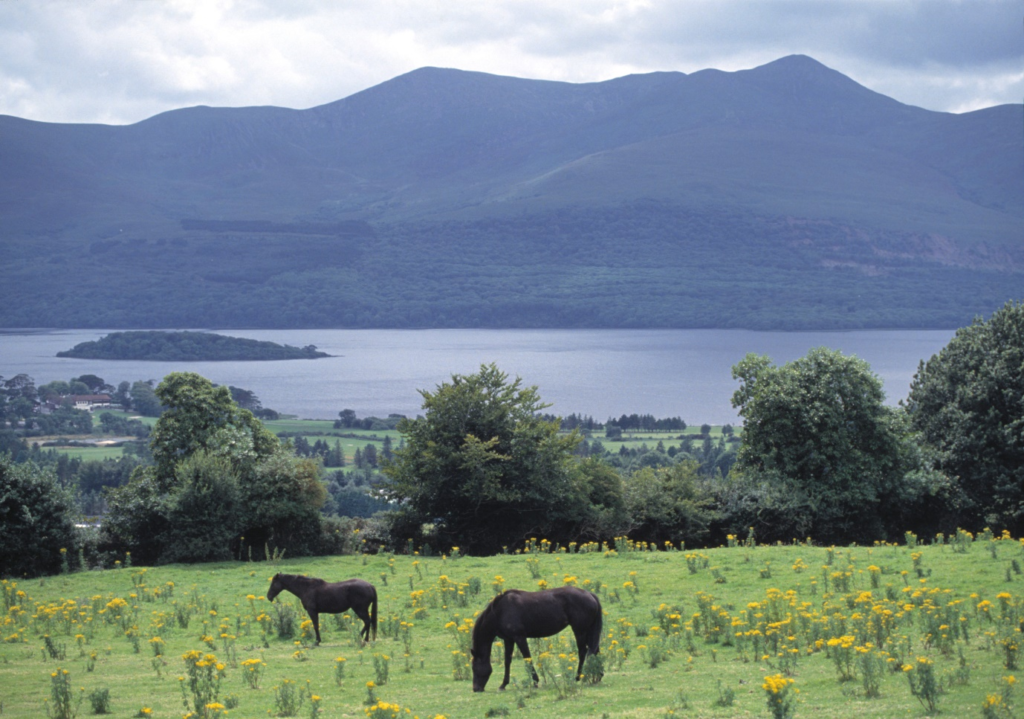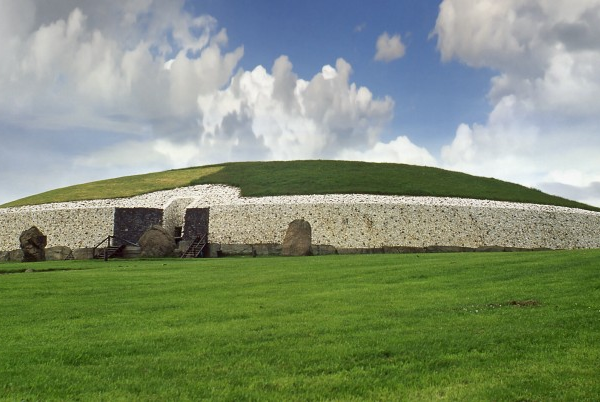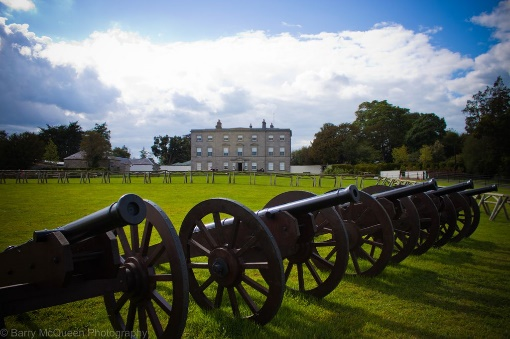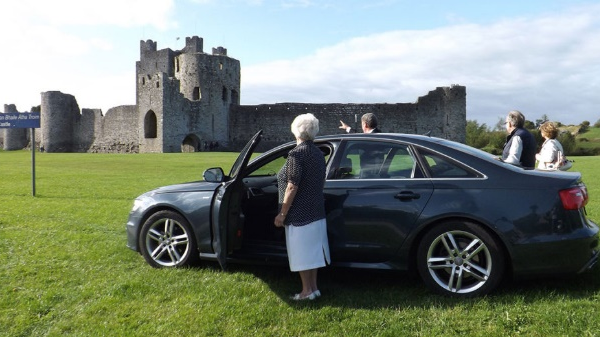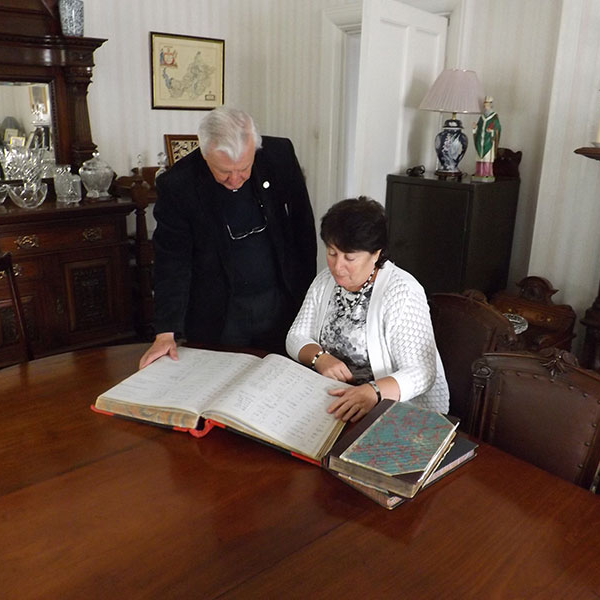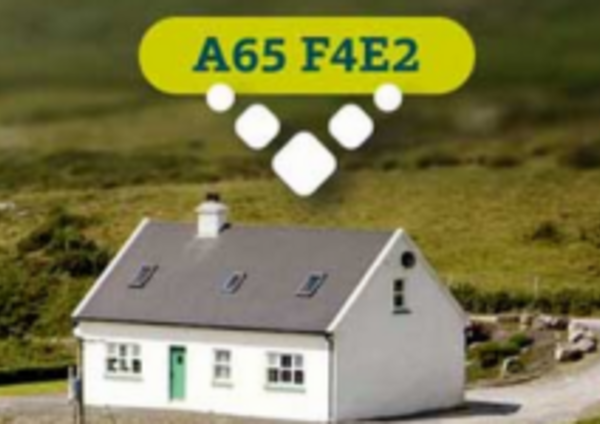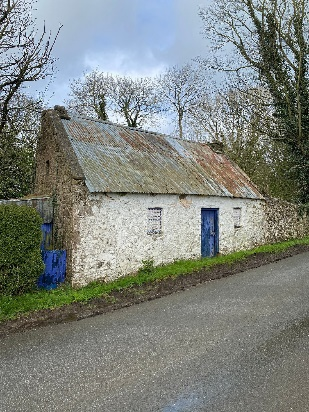The Great Famine, also called the Irish Potato Famine, was one of Ireland’s most pivotal historic events that ended up changing the course of history for the country. Starting in 1845, the famine lasted four years and caused significant damage to the country. It also ended up being the major cause of large-scale Irish emigration and the sudden drop in the country’s population.
To that end, more Irish people now live outside the country than in it. The population of Ireland stands at a little over 5 million, while approximately 80 million people worldwide claim to have Irish descent. The Irish Potato Famine is cited as one of the top causes of this displacement.
Keep reading to learn more about the Great Famine and what life was like for the Irish during this time.
Cause of the Irish Potato Famine
As the name suggests, the primary cause of the famine was the shortage of potatoes caused by the Phytophthora infestans, which caused late blight in potatoes. This made the potato crop unusable, leading to a shortage of food. That said, there were many other factors that contributed to the famine. Here are some of the most prominent ones that propelled the country towards hunger:
- Most of the farms in Ireland were owned by the English or the Anglo-Irish. The locals were tenant farmers who paid rent to the owners, which caused a significant disparity between the poor and the rich.
- During the famine, the tenants were forced to flee the country as they couldn’t continue paying despite the losses.
- The British imposed a tariff on bread and corn, which made it significantly more expensive. The tariff was later removed during the famine, but it was too late by then.
- The potato was introduced to Ireland by the English 100 years before the famine and ended up becoming a staple food for the masses due to its affordability.
- Wheat and corn were being exported to England all through the famine, which further worsened the situation.
Life During the Famine
With a growing food shortage, life in Ireland continued to become more and more difficult. An estimated 1 million people died during this time, and an additional 1 million left the country. Ireland ended up losing 25% of its population to the famine.
The people who stayed continued to lose weight and caught stomach diseases such as diarrhoea and abdominal pain as they ate subpar corn and maize. Makeshift Famine Workhouses were established so people could be given the care they needed to get through their illnesses. People left the country overnight through ships that took them to other parts of Europe, Australia, Canada, and the US.

Learn about the Irish Potato Famine with My Ireland Family Heritage
If your ancestors left Ireland to flee the famine, My Ireland Family Heritage could help trace your Irish roots. We offer thorough ancestry research to locate your original Irish homestead and help you learn more about your ancestors.
We also provide customized genealogy tours for our clients so they can explore their ancestral townland and understand the situation during the famine. If you want to feel closer to your Irish roots, our Irish ancestry and genealogy tours are the best option for you.
Contact us now to learn about our services.



